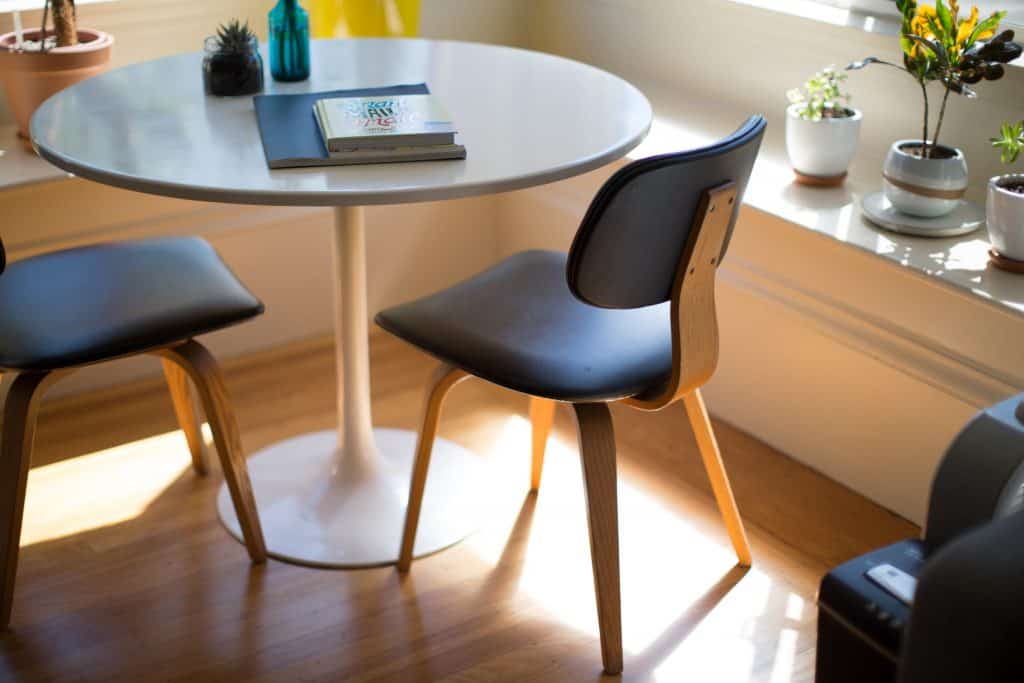Do you want to boost your productivity without adding stress?
Making five simple changes can boost your productivity at work. These are easy and actionable steps that anyone can take. You don’t have to be a CEO or an entrepreneur; these tips are for everyone who wants more out of their day-to-day routine. These small changes will help you get more done without feeling overwhelmed or overworked. Read on to streamline your work life and reduce stress in the process. It’s a quick read with five simple actions you can take today to produce more and stress less!
5 Simple Actions to Produce More and Stress Less at Work
You only have so many work hours (even if you are working from home), so a little bit of organization and planning go a long way toward increasing productivity.
1. Know what you have to do
Keep a list of tasks that move your project forward. Now you know which items to do during the amount of time you set aside to work on that project. Don’t keep it in your head. Write it down! Putting it on paper will keep the “Oh no, I forgot about…” to a minimum. Review the checklist at the start of your day.
2. Know approximately how long will it take
Where do you spend your time? Become aware of just how long things take you to do, start to finish, including prep and clean-up time.
Keep a time log for at least a week. You will be surprised -- both by the things that take longer and the number of things you can accomplish quickly. Now you will know that there is no way to get three big projects done in one day. You can manage your time and adjust your expectations accordingly.
3. Know what you will do next
Stop multitasking and focus. However, do know what you want to do next. By keeping track of the task you want to do once you finish with the current one, you can keep from getting lost in the details. Just say to yourself, “as soon as I finish this, I can…” and keep working.
You can make this even easier by time-blocking your day. When you divide your day into simple categories based on the routine tasks you need to do, you will find that you stop wasting time.
For example, instead of having an actual time for each task, I’ll use a time block to check my email and then write an article. After that, I will use another time block to prepare for an event.
4. Know where your stuff is
By keeping the physical items you need to accomplish a task in the same area, you save time by not hunting around for that one thing.
Following this logic, it’s a good idea to place the ink, paper, and stapler near the printer so you won’t have to hunt around when you’re printing and run out of paper.
Along the same lines, only keep out a small number of supplies. Keep backup supplies tucked away, ready when they need replenishing. For example, only keep out a single ream of paper, open and ready to use. Stack the other reams neatly underneath the printer or in a nearby cabinet.
5. Know you can do it again
Always look for opportunities to repeat the process the next time – Create checklists that you can use to refresh your memory about what works. Lists are also great if you need to hand off a task to an assistant. This process frees up the time you would have had to use to recreate the wheel, which we all know, took thousands of years.
Bonus Ways to Break Out and Boost Your Productivity at Work
Here are a few additional thoughts to streamline your working life.
Prioritize
I like to start with the three most important tasks of the day. Sometimes these tasks take all day. Other times, I get to pick three more from my master list. When I am feeling out of synch with the world, I sometimes add some silly tasks (4. eat cookies or, 5. Play on social media) to the list just so I can check things off.
Focus
If I have many little things to do in a day, a formal checklist can help me stay focused and my day-to-day tasks and errands running smoothly.
Talking points are another valuable tool for productive people. These quick notes help you remember to bring up specific subjects or topics with your coworkers and boss, serving as helpful conversation starters.
Use Checklists
Use checklists are for routine tasks with many steps. These are great for systematizing and delegating tasks to others.
“How-to” pages around the office (or just in a convenient place on the computer) can help you remember which steps to do on projects. Especially the ones that are regular but not frequent. These tasks are at risk--there's always a chance of missing something. (I have them for end-of-the-month bookkeeping and putting on a workshop).
Think: Supply lists for purchasing or gathering the necessary things for an event. Shopping and packing lists, too.
Manage the Project
When most people start a new project, they start pulling all the pieces of paper that they think will help them onto the desk. The intention is that if the information is in front of them, they will work on it.
The trouble with this method is that routine tasks get buried and overlooked, even if you have your agendas already in place. Keeping things tidy allows you to see both the project and the routines.
A much better approach is to treat the project work itself as one of the routines in your week. Then set the project up for success.
- List the project on your master list. Next, create a folder with the project’s name and keep it in the project area, a dedicated spot for current projects. As you come across essential pieces of information, store them in the file.
- When you start working on the project, create a checklist – a to-do list for the project – and keep it in the front of the folder. Work on the tasks during the appropriate time block on your schedule.
- As the project evolves, it might make more sense to handle specific tasks, like phone calls, during a different time block. Simply move those calls to your “call time list.” Cross-reference your lists so you don’t overlook something important.
- Stay organized. Retrieve the folder from the project area for your work sessions. Return it at the end of the session. Once the project is complete, weed out the file. Return support documents to their homes. Update the checklist with lessons learned and toss out all but the final version. Better yet, leave the final version on the computer.
Your Productivity Challenge:
Stop reading about how to become more productive and actually do it! There are lots of productivity tips out there, and the simple fact is that most of you will read them, say “that sounds good,” and never implement them. So I want to challenge you to try just one of these productivity tips and see how it goes, then try another one.
Keep Reading: Strategies for Handing off Work to Free Up Time
Photo by Carl Heyerdahl on Unsplash



